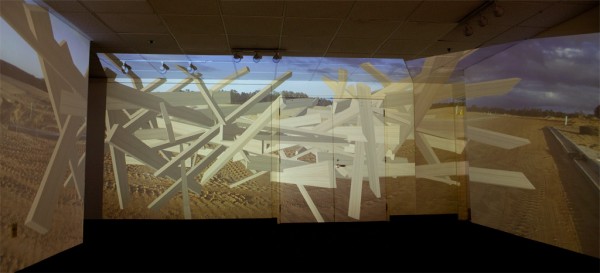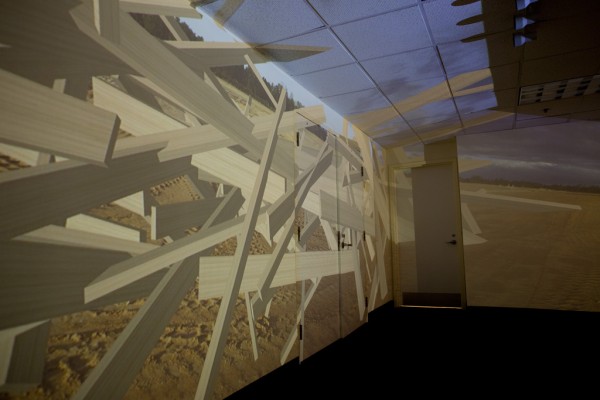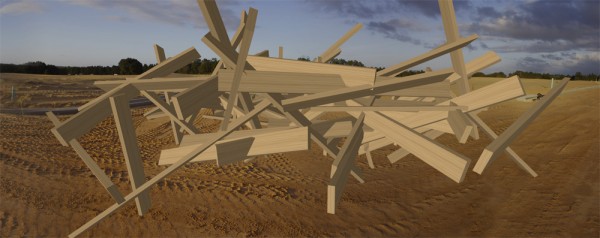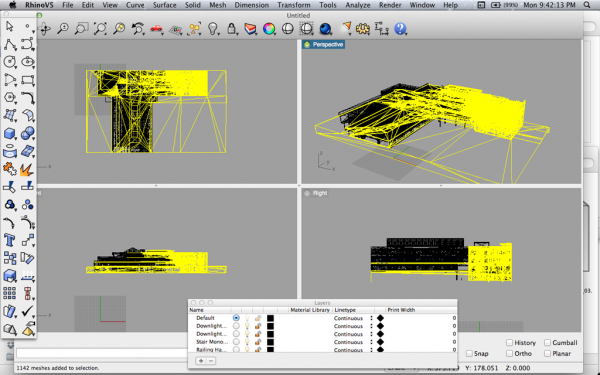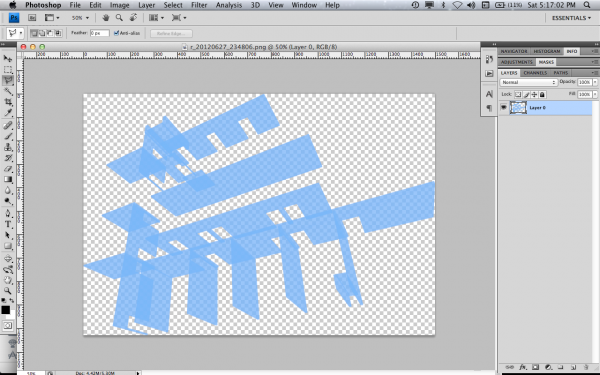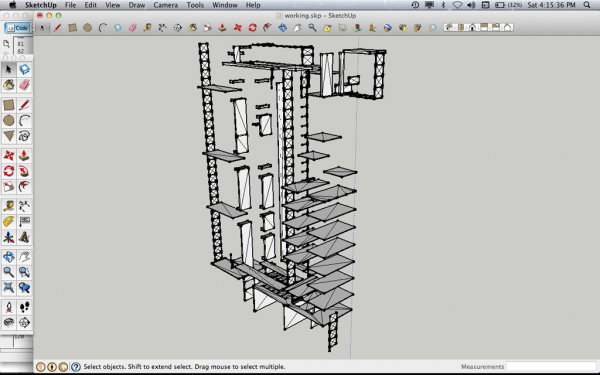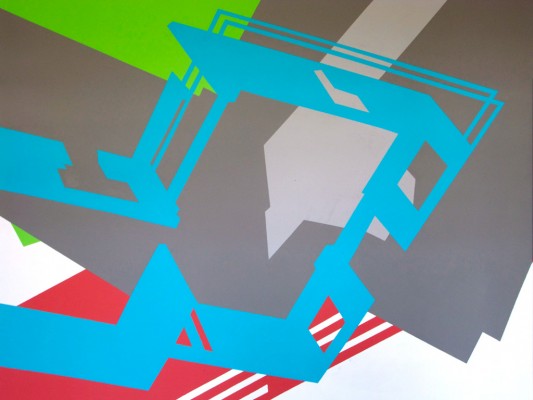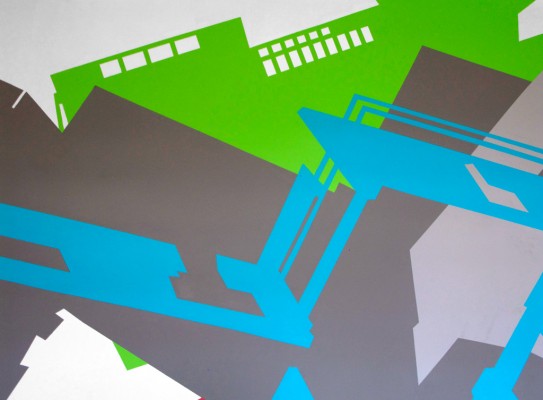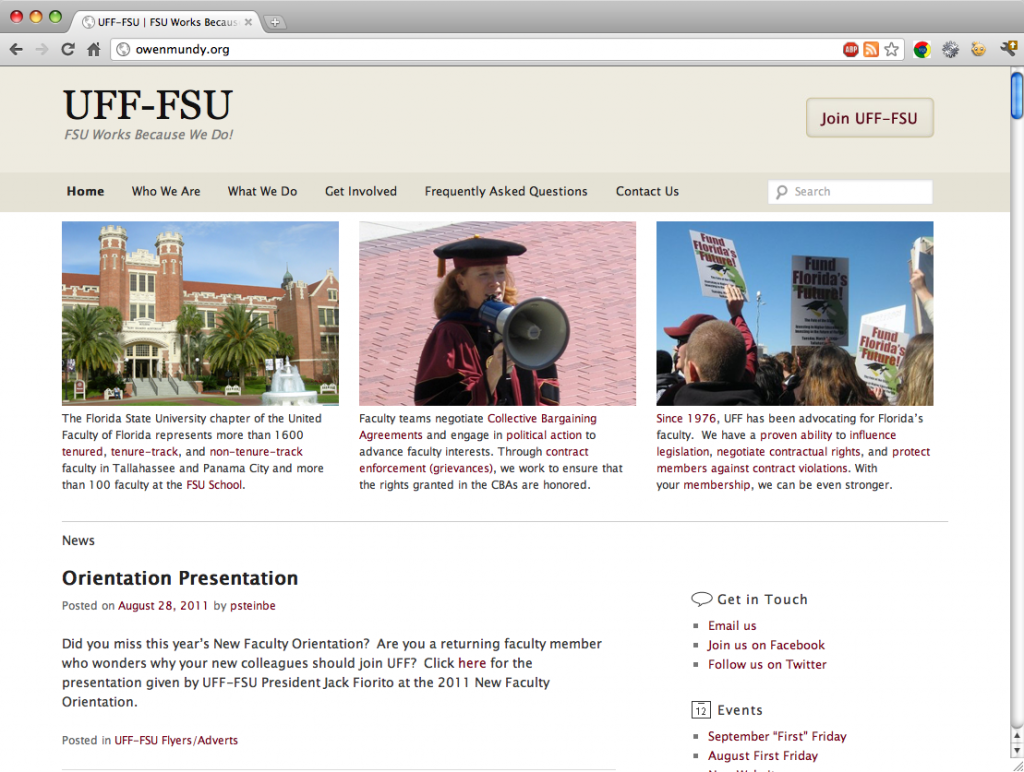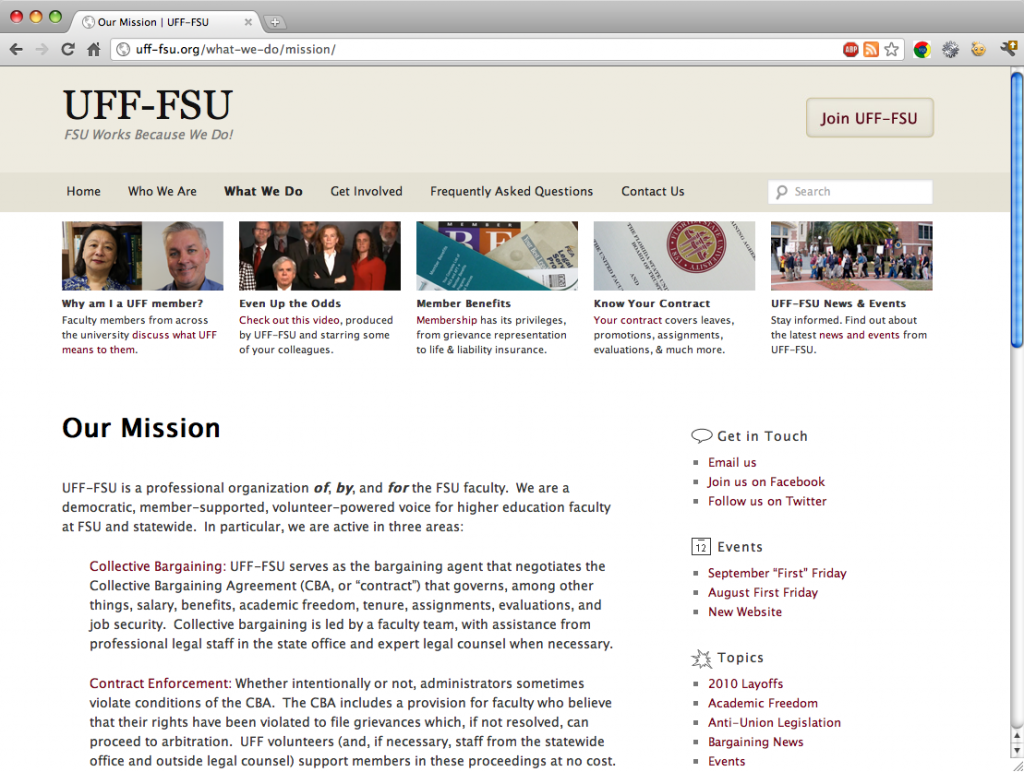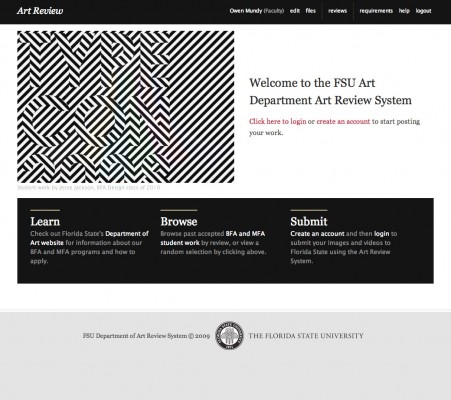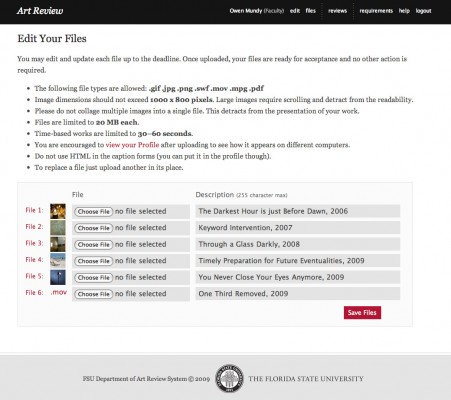Joelle and I installed a new work at the Orlando Museum of Art this week…
1.5 x 3.5 is a single-channel generative animation by Joelle Dietrick and Owen Mundy, currently displayed in the Orlando Museum of Art’s New Work Gallery. The title 1.5 x 3.5 is the actual measurement for a 2 x 4 inch board. Ubiquitous as an article for the construction of buildings, as well as a formal, minimal, primitive shape, the 2 x 4 here is transformed through its incorporation into a virtual space. The simulation of the generic form becomes an index for any building material, physical or digital, and its manipulation, a metaphor for the fragmentation of digital communication.
As the main character in their animation, the 2 x 4 is virtually constructed then multiplied and subtly manipulated to form an evolving cluster floating above a photograph of a contemporary construction site. From a housing development just northeast of Orlando, nestled between the Florida Turnpike and Old Country Road 50, this backdrop also calls to mind another space described by the minimalist sculptor Tony Smith. Smith describes a drive down an unfinished highway as a sublime experience. The highway’s liminal state-imagined, artificial, and full of potential-liberated Smith’s assumptions about art.
1.5 x 3.5 grows out of their recent series of installations, prints, and public artworks called Packet Switching. This body of work uses custom software to visualize architecture as fragments affected by economic and communications systems.
